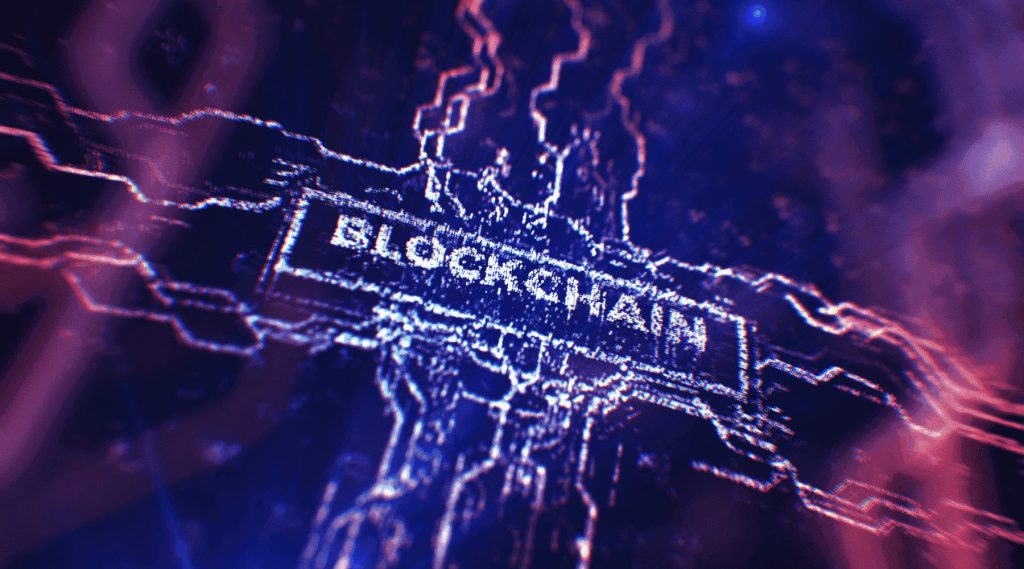The blockchain trilemma is an unsolved problem in blockchain technology, which proposes that it is impossible to have all three of the following features: decentralization, scalability, and security. That is a major challenge for many businesses and organizations looking to leverage the benefits of blockchain technology while maintaining their desired levels of security, scalability, and decentralization.
In this article, we will explore the concept of the blockchain trilemma and discuss potential solutions that could help solve this issue.
What is the blockchain trilemma?
The blockchain trilemma, also known as the scalability trilemma, refers to the trade-off between three significant properties of a blockchain network: security, scalability, and decentralization. It is a challenge in the development of blockchain technology and is a result of the inherent design limitations of blockchain networks.
The blockchain trilemma states that a blockchain network can simultaneously achieve two out of the three properties. In other words, improving one property may come at the expense of another. Here’s a closer look at each of the three properties:
Security
That refers to the level of protection against attacks and manipulation of the blockchain network. A highly secure blockchain resists hacking, data breaches, and other attacks. We achieve security through robust cryptographic algorithms and consensus mechanisms.
Scalability
That refers to the ability of the blockchain network to handle an increasing number of transactions and users without sacrificing its performance or security. A scalable blockchain can handle a high volume of transactions quickly and efficiently without causing network congestion or delays in processing times.
Decentralization
It refers to the distribution of network control and decision-making among numerous nodes in the network. Any central authority or entity does not control a decentralized blockchain, and where each node has equal power to participate in the network.
The blockchain trilemma presents a difficult challenge for blockchain developers, as it is difficult to achieve all three properties simultaneously. For example, improving scalability may require compromising on security or decentralization. Similarly, achieving a high level of protection may require sacrificing scalability or decentralization.
Is it possible to solve the blockchain trilemma?
There is ongoing research and development aimed at addressing the blockchain trilemma and several potential solutions that could help achieve all three goals.
One solution is sharding, which involves breaking up the blockchain network into smaller, more manageable pieces. Sharding allows for more transactions to be processed simultaneously. It improves scalability while also maintaining a high level of security and decentralization. Ethereum, for example, is currently working on a sharding solution known as Ethereum 2.0.
Another solution is the use of layer two solutions, which involves creating a separate network layer that handles transactions off the main blockchain. That can significantly increase the speed and transaction efficiency while maintaining a high level of security and decentralization. One example of a layer two solution is the Lightning Network for Bitcoin.

Finally, there are also consensus algorithm improvements that enhance the blockchain trilemma. For example, the development of proof-of-stake (PoS) consensus algorithms, which do not require the intensive computational resources of proof-of-work (PoW) algorithms, can increase scalability while maintaining security and decentralization. Ethereum is also moving towards a PoS consensus algorithm as part of its Ethereum 2.0 upgrade.
Conclusion
The blockchain trilemma is a complex and unsolved challenge in blockchain technology. Despite this, several potential solutions could help alleviate some of these issues as sidechains, sharding, and Plasma networks. However, it is important to note that all three features – decentralization, scalability, and security – cannot be achieved together at once with current technologies.
Therefore, businesses need to consider which feature they prioritize when implementing their blockchains or decentralized applications (dApps). With further advancements in blockchain technology, we may one day find a way to break through the trilemma barrier, but until then organizations must decide what matters most: security, scalability, or decentralization.





